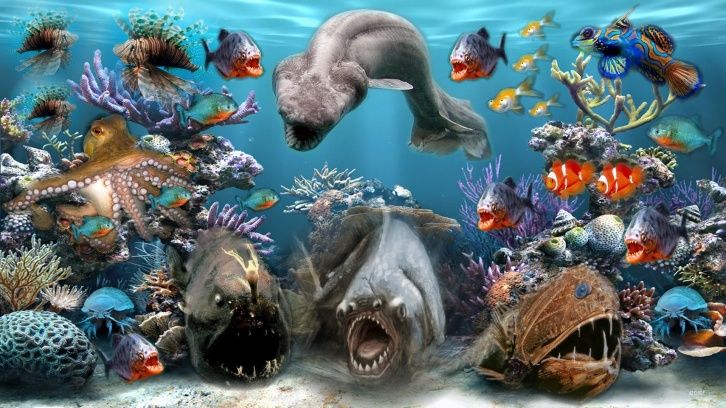
FAQ About Ocean Life

How do marine mammals stay warm in cold waters?
Marine mammals have various adaptations that help them stay warm in cold waters. Here are some key mechanisms employed by marine mammals to maintain their body temperature:
- Insulating Blubber: Marine mammals, such as whales, seals, and sea lions, have a thick layer of insulating blubber under their skin. Blubber is composed of adipose tissue, which provides excellent insulation against cold temperatures. It helps to retain body heat by reducing heat loss to the surrounding water.
- Countercurrent Heat Exchange: Marine mammals have a specialized circulatory system known as countercurrent heat exchange. Arteries carrying warm blood from the heart are closely associated with veins carrying cooler blood returning from the extremities. This arrangement allows heat to be transferred from warm arteries to cooler veins, minimizing heat loss through the extremities and keeping the core body temperature elevated.
- Fur or Hair: Many marine mammals, such as seals, sea otters, and polar bears, have dense fur or hair that provides insulation. The fur traps air close to the skin, creating an additional layer of insulation and reducing heat loss.
- Reduced Heat Loss: Marine mammals have adaptations that reduce heat loss from their bodies. They typically have a streamlined body shape that minimizes the surface area exposed to cold water, reducing heat loss through conduction. Additionally, they often have smaller extremities (e.g., flippers) relative to their body size, which further helps conserve heat.
- High Metabolic Rate: Marine mammals have high metabolic rates, which generate heat as a byproduct. This elevated metabolism helps produce and maintain body heat in cold environments.
- Behavioral Adaptations: Marine mammals exhibit various behavioral adaptations to stay warm. They may haul out onto land or ice, bask in the sun, or seek shelter in protected areas to avoid cold water temperatures. Some species also migrate to warmer waters during winter or move to deeper depths where the water is relatively warmer.
